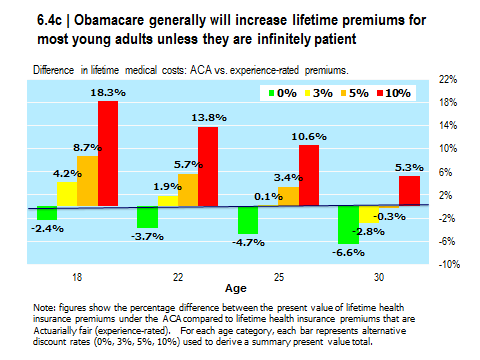Writing in Slate, Justin Matis has a novel idea: slash health care costs by letting doctors from India provide low-cost medical care on American Indian reservations. Although his article was meant as satire, Maris inadvertently hit upon a great idea. India is a low cost, high quality medical tourism destination — but it’s far away. American Indian reservations are not subject to the plethora of federal and state laws that restrict the practice of medicine to only physicians licensed by the state. So here is Matis’ proposal:
What if those Indian doctors came to us? Foreign doctors can’t operate on U.S. soil without extensive recertification, but they can work in any country that transfers their qualifications. Doctors from India already work abroad in the Middle East; they treat Qataris and Kuwaitis for a fraction of what these patients would have to pay here. What if some of those doctors set up shop in our nearest semi-autonomous states: Native American reservations, some of which already administer their own health care programs.
In a nutshell, Matis’ solution is domestic medical tourism. Of course not every American lives close enough to an Indian reservation to receive all their medical care at one, but they wouldn’t have to. If health plans began selectively contracting only with facilities that offer package prices and compete on price and quality, it would not be long before other local hospitals began competing for health plan business. The key to fostering competition involves the ability to steer patients to low-cost providers by exposing patients to: 1) better information about prices, and 2) cost-sharing incentives that cannot be ignored. We wrote about how WellPoint, working with CalPERS, used similar incentives to bring down the cost of joint replacement procedures.




